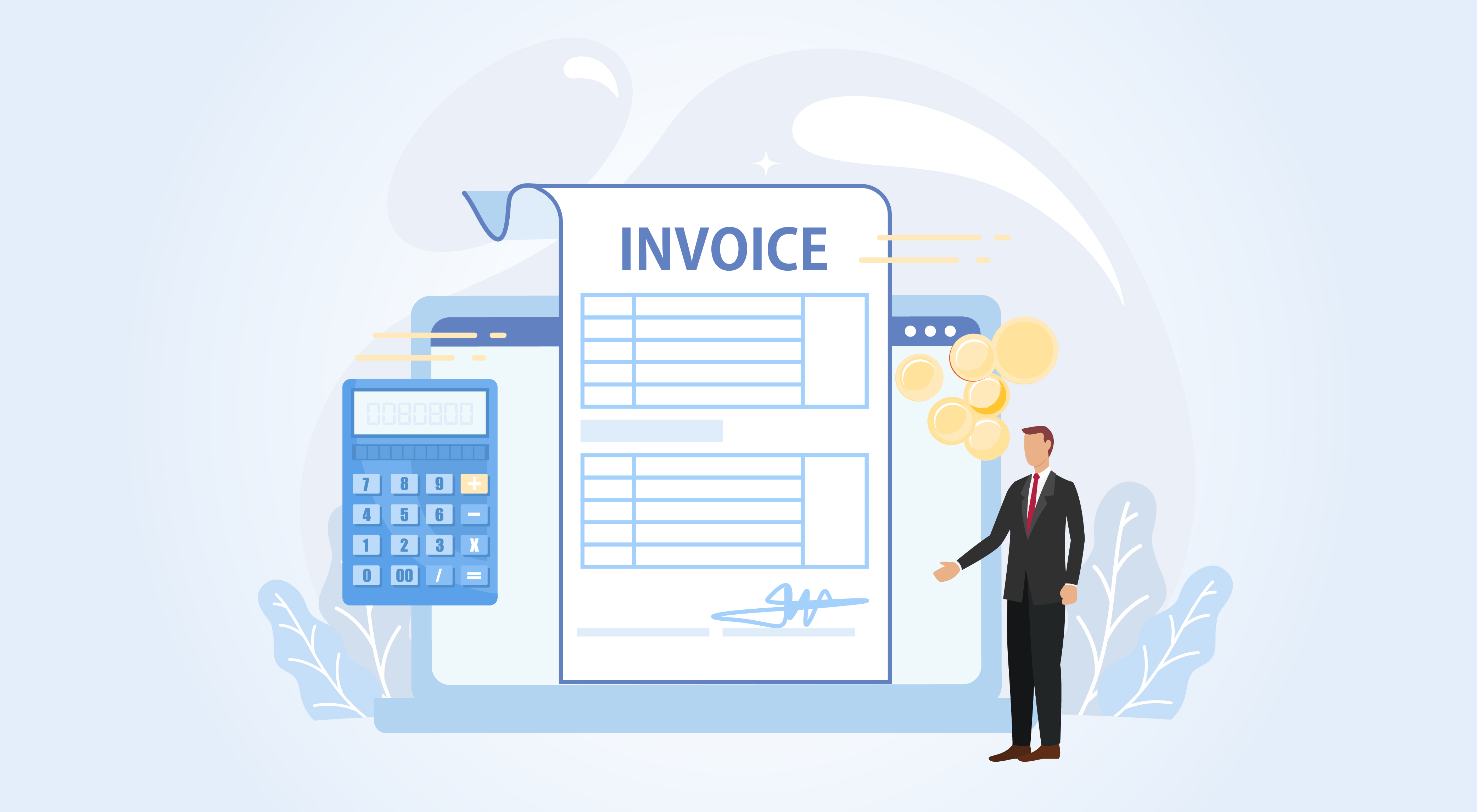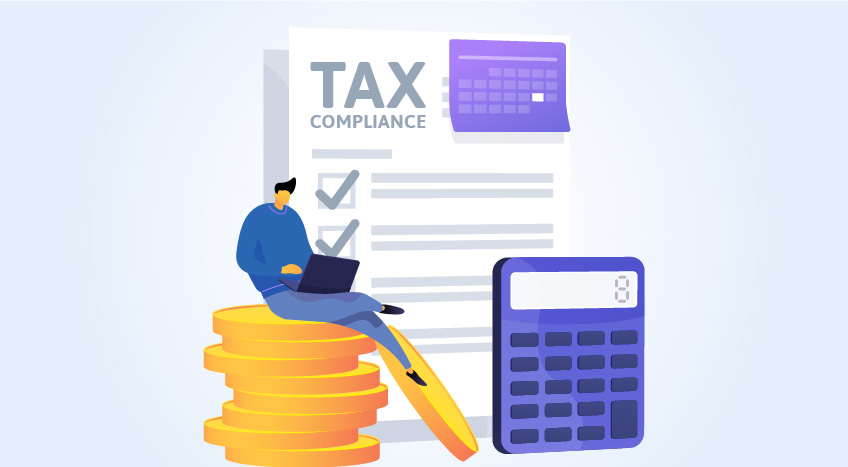With e-invoicing set to become mandatory in the UAE, businesses must start understanding how the system works and what it means for their operations. Below are answers to the most common questions about the upcoming e-invoicing system, or the e-billing system, to help you prepare and stay compliant.
1. What is e-invoicing in the UAE?
E-invoicing, also known as electronic invoicing, generates, shares, and stores invoices in a structured digital format. Unlike traditional invoices in PDF, Word, or paper format, e-invoices are created using specific standards that allow them to be processed automatically by software systems.
As per the UAE’s Federal Tax Authority (FTA), an e-invoice must be issued and transmitted to enable electronic validation and integration between the supplier’s and buyer’s systems. It’s not just about sending an invoice via email; it’s about using a standardised format that systems can read and verify without manual effort.
2. When will e-invoicing become compulsory in the UAE?
The e-invoicing system in the UAE is being introduced in phases. As of now:
● The accreditation process for service providers and the development of the UAE Data Directory were scheduled for completion by Q4 2024, and are likely already in place.
● The e-invoicing legislation was expected to be finalised by Q2 2025, which means the legal framework should now be ready or in its final stages.
● The first go-live phase of mandatory e-invoicing is set to begin in July 2026.
Businesses should now start actively preparing by choosing certified service providers and testing their invoicing systems to meet the expected requirements.
3. Who will be required to follow e-invoicing rules in the UAE?
All businesses registered in the UAE, regardless of their size or industry, will eventually be required to use e-invoicing. Whether you are a small enterprise, a freelancer issuing VAT invoices, or a large corporation, you must comply with the new system once it is in effect.
It’s also important to note that this requirement will apply to both B2B and B2G transactions, meaning invoices issued to businesses and government entities must be in electronic format.
4. What formats are not accepted for e-invoices under the new system?
The FTA clearly defines what does not qualify as a valid e-invoice. These include:
● PDF or Word documents, even if sent by email
● Scanned images of paper invoices (e.g., JPG, PNG, TIFF)
● Invoices written as text in emails or displayed on web pages (HTML format)
● OCR-based scanned copies of handwritten or printed invoices
● Faxed copies of invoices
In short, if the invoice is not in a structured digital format that allows automatic processing and validation, it will not be accepted as a compliant e-invoice.
5. What is the Peppol network and how does it support e-invoicing in the UAE?
Peppol (Pan-European Public Procurement On-Line) is an international network designed for the secure and standardised exchange of electronic documents, including e-invoices. The UAE has adopted Peppol to ensure its e-invoicing system is globally interoperable and future-ready.
Businesses in the UAE will connect to the Peppol network using certified Access Points (APs), which act as intermediaries. This ensures that invoices are securely delivered from the sender to the receiver and meet the required format. Peppol also supports international trade by allowing businesses to send and receive e-invoices across borders using the same standards.
6. What is the role of a certified service provider in e-invoicing?
A certified service provider plays an important role in the e-invoicing process. Their responsibilities include:
● Helping the business create e-invoices in the correct digital format.
● Validating invoice data to ensure compliance with FTA rules.
● Sending the invoice securely to the buyer via the Peppol network.
● Automatically reporting the tax data to the Federal Tax Authority.
In the UAE’s Decentralized Continuous Transaction Control and Exchange (DCTCE) model, service providers replace the need for a central government platform, making invoice exchange faster, safer, and more automated.
7. What is the UAE’s e-invoice model?
The UAE has adopted the DCTCE model, which stands for Decentralised Continuous Transaction Control and Exchange. This model allows certified service providers to validate, send, and receive e-invoices on behalf of businesses, rather than routing everything through a central tax portal.
This approach offers several benefits:
● It reduces the load on central systems.
● It enables real-time transaction validation.
● It supports better integration with business software.
● It offers more flexibility and scalability, especially for growing businesses.
The system is designed to be secure and efficient, while also ensuring that tax data is reported accurately to the FTA.
8. What is Peppol International (PINT), and why is it used in the UAE?
Peppol International (PINT) is a global standard that defines how e-invoices should be formatted and what data they should contain. The UAE is adopting PINT to ensure that all e-invoices follow a consistent and recognised structure.
In addition, the UAE is creating its own UAE Data Dictionary based on PINT. This dictionary will include all the required data fields for an invoice to meet local tax rules. By aligning with PINT, the UAE ensures that businesses can easily integrate with international systems while staying compliant with domestic regulations.
9. What are the main benefits of switching to e-invoicing?
E-invoicing offers several advantages that help businesses work faster, stay compliant, and reduce costs. Here are the key benefits:
● Saves time by automating invoice creation and delivery
● Reduces paperwork and manual errors
● Speeds up payments and improves cash flow
● Ensures better VAT compliance with FTA
● Enables secure and trackable invoice exchange
● Supports global invoicing through the Peppol network
● Lowers costs by eliminating printing and postage
10. How can UAE businesses prepare for e-invoicing?
To prepare for e-invoicing, businesses should take the following steps:
● Understand the basics of the system and legal requirements.
● Choose a certified service provider approved by the UAE FTA.
● Integrate your software with the provider’s platform.
● Test the invoicing process to ensure it works correctly.
● Train your team on how to use the new system.
● Start early to avoid last-minute issues before July 2026.
11. What happens if a business doesn’t follow e-invoicing rules?
If a business fails to comply with e-invoicing requirements once they become mandatory, it could face penalties from the UAE Federal Tax Authority (FTA). These may include:
● Fines or monetary penalties for not issuing e-invoices in the required format
● Delays in VAT return processing due to incomplete or invalid invoice data
● Rejection of non-compliant invoices, which can affect cash flow and customer trust
● Possible audits or investigations by the FTA for non-compliance









